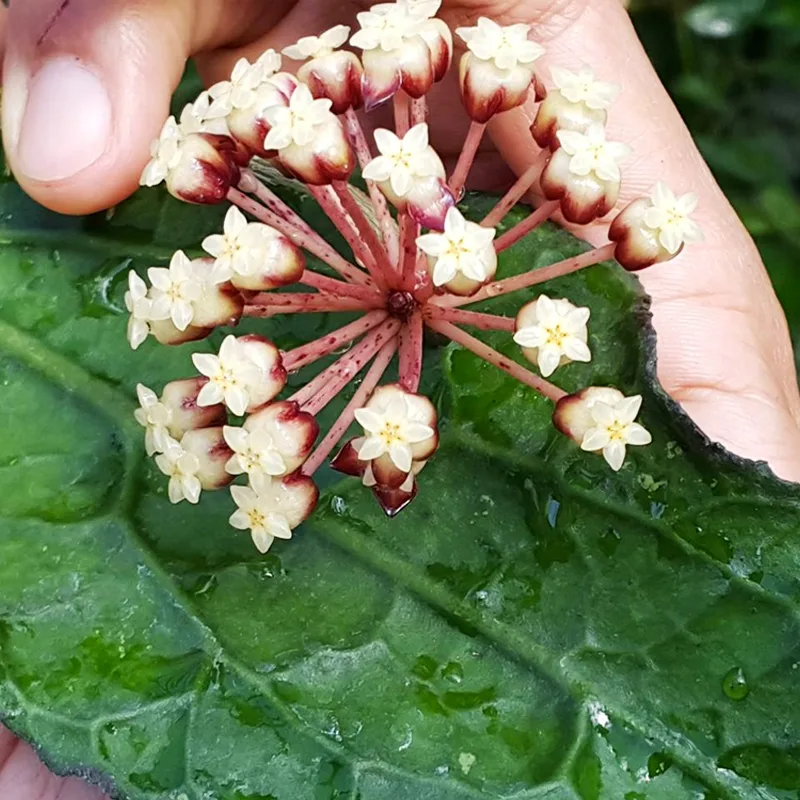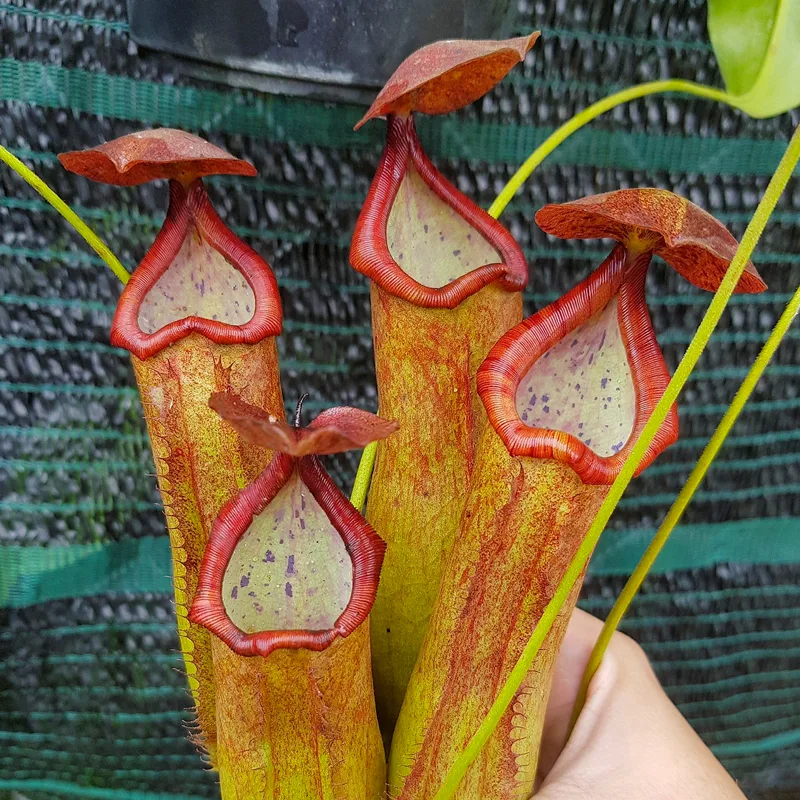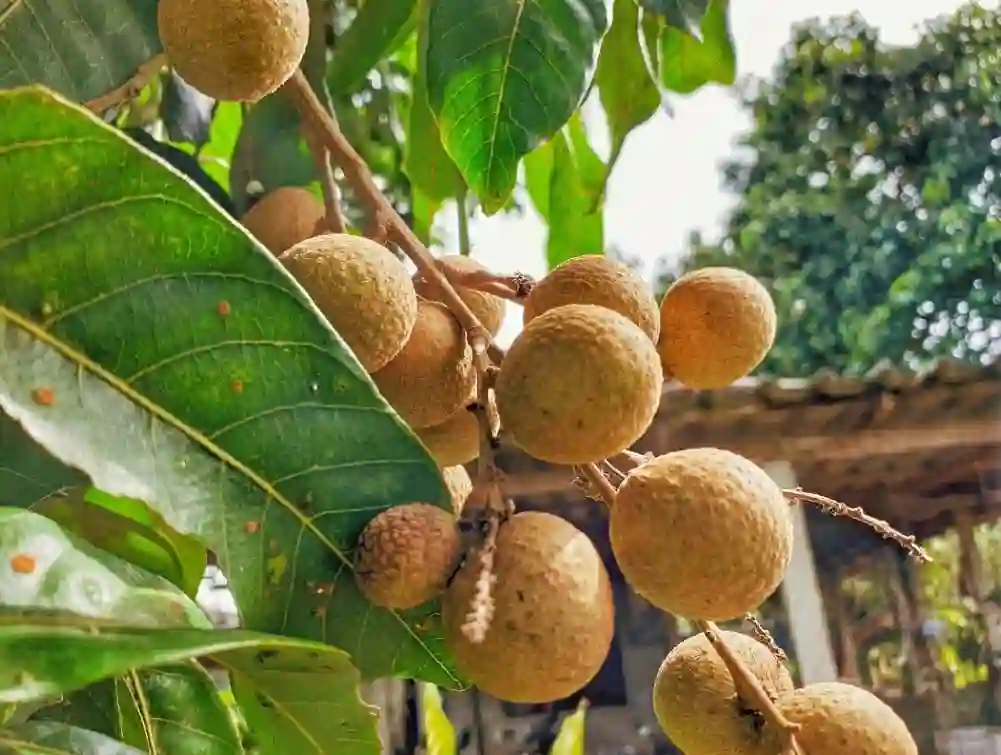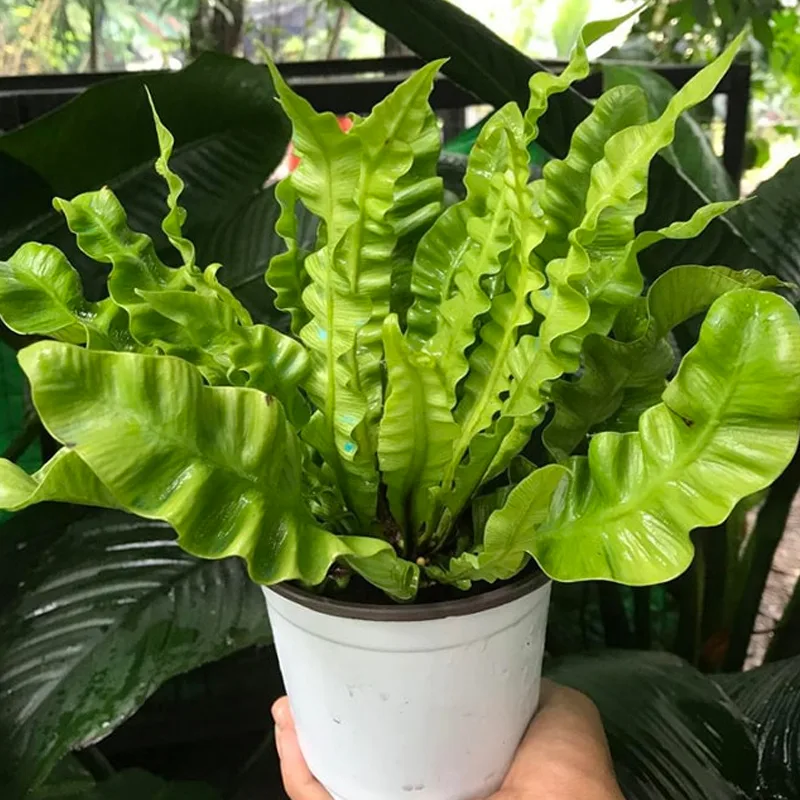FAQs About Arctostaphylos Dr Hurd: A First-Person Guide
Arctostaphylos Dr Hurd, also known as Dr Hurd Manzanita, is one of those standout plants that always captures attention in my garden. From its smooth red bark to its glossy green leaves and delicate white flowers, it’s a plant that offers year-round beauty. Here are some of the most frequently asked questions I encounter about this remarkable shrub.
78 Species in Genus Arctostaphylos
What Is Arctostaphylos Dr Hurd?
Arctostaphylos Dr Hurd is a large evergreen shrub or small tree native to California. It’s part of the manzanita family, known for its characteristic smooth, red bark and dense clusters of urn-shaped flowers that bloom in the winter. This species can grow up to 15 feet tall and wide, making it an excellent choice for those looking for a dramatic statement in their landscape. In addition to its beauty, Dr Hurd Manzanita is also drought-tolerant, making it a valuable addition to xeriscape gardens.
How to Care for Arctostaphylos Dr Hurd?
Caring for Arctostaphylos Dr Hurd is relatively straightforward, which is one of the reasons I love it. Here are the key points to keep in mind:
- Soil: Dr Hurd prefers well-drained soil. It thrives in sandy, loamy, or rocky soils, but it doesn’t do well in heavy clay unless it’s on a slope or has excellent drainage.
- Watering: Once established, this plant is incredibly drought-tolerant. In my experience, I water it sparingly, only during prolonged dry periods. Too much water can lead to root rot.
- Sunlight: Full sun is essential for Dr Hurd to thrive. It loves basking in the sunlight, so I ensure it gets plenty of direct exposure.
- Pruning: Light pruning helps maintain its shape, especially if you’re growing it as a small tree. I usually trim away dead or damaged branches after the flowering season.
- Fertilization: This plant doesn’t need much fertilizer. In fact, I’ve found that over-fertilization can be harmful. I leave it to its own devices for the most part, and it thrives.
How to Propagate Arctostaphylos Dr Hurd?
Propagating Dr Hurd can be a bit of a challenge, but with patience, it’s doable. Here are a few methods that have worked for me:
- Seeds: Starting from seeds is possible, but it requires some effort. The seeds need to be scarified (lightly sanded) and then stratified (chilled for a few months) before planting. I’ve had some success by soaking the seeds in hot water for 24 hours before planting them in well-drained soil.
- Cuttings: Taking semi-hardwood cuttings in late summer or early fall is another option. I usually dip the cuttings in rooting hormone before placing them in a pot with well-drained soil. Keep the cuttings in a warm, shaded area until they root.
- Layering: Layering is a natural way the plant can propagate. I’ve noticed that low branches sometimes root where they touch the ground. By encouraging this process, I’ve successfully propagated new plants.
What to Plant with Arctostaphylos Dr Hurd?
I like to pair Dr Hurd with other drought-tolerant plants that complement its aesthetic. Here are some combinations that work well in my garden:
- Ceanothus (California Lilac): The deep blue flowers of Ceanothus contrast beautifully with the red bark and green foliage of Dr Hurd.
- Salvia: Native sages like Salvia clevelandii offer a lovely fragrance and attract pollinators, adding life and movement to the garden.
- Agave: For a more sculptural look, I pair Dr Hurd with agaves. Their sharp, architectural form contrasts nicely with the softer, rounder shape of the manzanita.
- Eriogonum (Buckwheat): I’ve found that buckwheats work well as ground cover beneath Dr Hurd, adding an extra layer of texture.
How to Use Arctostaphylos Dr Hurd in the Landscape?
Dr Hurd is incredibly versatile. In my garden, I’ve used it in several different ways:
- Specimen Plant: Its striking appearance makes it a great focal point. I planted one near the entrance to my garden to create a bold statement.
- Screening: When planted in groups, Dr Hurd can serve as an effective screen or hedge, providing privacy while still looking attractive.
- Erosion Control: Thanks to its deep roots, it’s great for stabilizing slopes and preventing erosion.
- Wildlife Garden: The flowers attract bees, butterflies, and hummingbirds, while the berries are a food source for birds. I’ve noticed more wildlife activity since introducing Dr Hurd to my garden.
Is Arctostaphylos Dr Hurd Toxic?
One question I often get is whether Arctostaphylos Dr Hurd is toxic to pets or humans. As far as I know, it is generally safe and non-toxic. However, like many plants, the berries are not typically considered edible for humans, so I wouldn’t recommend snacking on them. In my experience, animals tend to leave the plant alone, likely because it doesn’t taste appealing to them.
What Pests and Diseases Affect Arctostaphylos Dr Hurd?
In my garden, Dr Hurd has proven to be quite resilient. It’s largely pest-free, though I’ve occasionally seen aphids on the new growth. A quick spray with water or insecticidal soap usually takes care of them. The biggest issue I’ve faced is root rot, which occurs if the plant is overwatered or if the soil doesn’t drain well. Keeping it dry and ensuring good drainage has been key to avoiding this problem.
Conclusion
Arctostaphylos Dr Hurd is a stunning, low-maintenance plant that brings year-round interest to any garden. Whether you’re looking for a specimen plant, a wildlife-friendly addition, or a hardy shrub for erosion control, this manzanita has something to offer. By understanding its needs and giving it the right conditions, I’ve found that it thrives and adds a unique beauty to the landscape.
If i die, water my plants!



